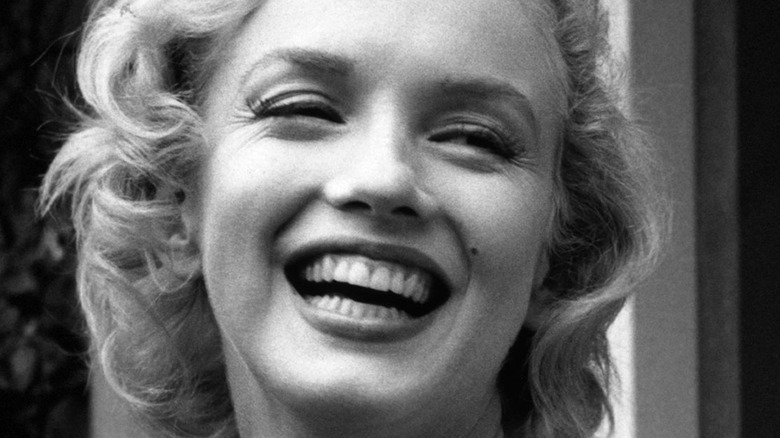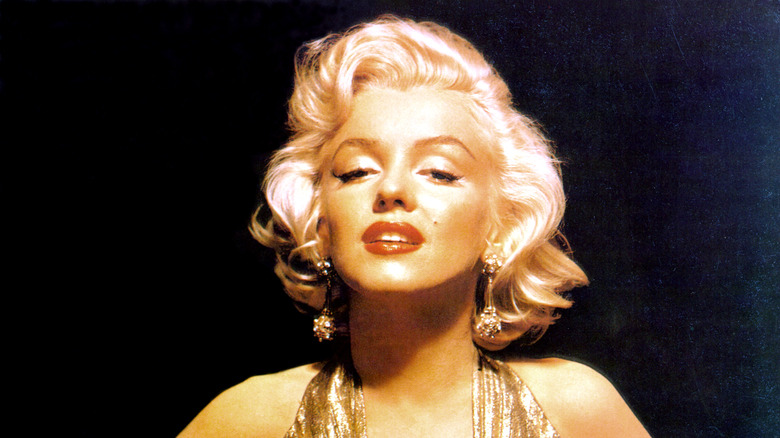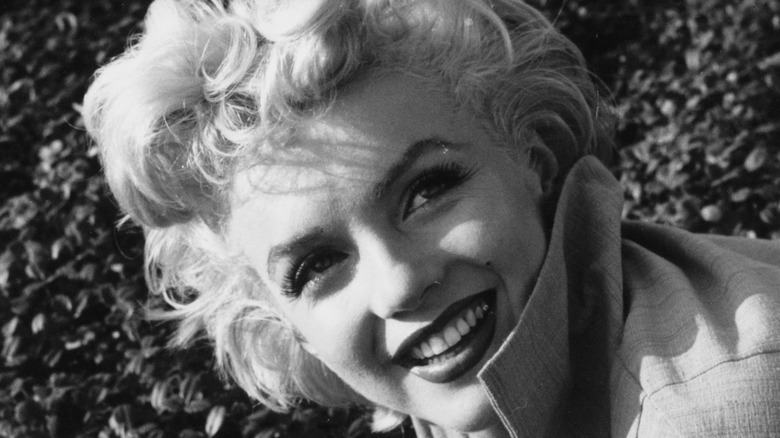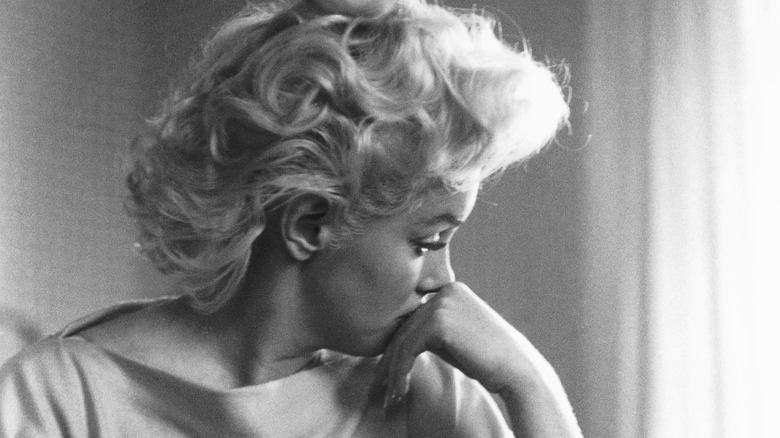What Happened To Marilyn Monroe's Personal Doctors After Her Death?
News of celebrity deaths often seems to be met with conspiracy theories. Some of these theories relate to how a celebrity died, and some theories posit that the celebrity did not actually die at all. For example, there is a Facebook group with over 30,000 members dedicated to proof that Elvis Presley is alive, or at least did not die in August of 1977. Michael Jackson's 2009 death was met with the same skepticism. Some believe that he faked his death due to financial problems. Others believe he killed himself with prescription drugs. However, most questions that swirled after Jackson's passing were related to his personal physician, Dr. Conrad Murray, who prescribed the drugs linked to Jackson's death. Murray was convicted in involuntary manslaughter in 2011 (per The Week).
Elvis Presley had a personal doctor as well: George Nichopoulos, known as Dr. Nick (per Memphis Business Journal). He faced the same scrutiny as Murray when Presley died after years of prescription drug abuse. Yet another iconic face gone too soon was Marilyn Monroe. After her death, which also involved medication, did devastated fans try to point fingers at her doctors as well?
If you or anyone you know is having suicidal thoughts, please call the National Suicide Prevention Lifeline at 1-800-273-TALK (8255).
Marilyn Monroe's doctor reported on her death to the public
At only 36 years old, Marilyn Monroe died in her home on August 4, 1962. There was an empty pill bottle in the room, but police were not able to determine whether her overdose was accidental or not. As one of Hollywood's brightest stars, still with merchandise at what seems like every department store, she featured in 21 films such as "Some Like It Hot" and "The Seven Year Itch" (per Variety).
Hyman Engelberg was Monroe's personal physician. According to The Washington Post, he prescribed her Nembutal, a sleeping medication, just a few days before she was found dead. She was only supposed to take one per night, but the Nembutal bottle was empty, among multiple other pill bottles. Monroe's housekeeper called Engelberg when she became concerned about Monroe, who was in her bedroom, behind a locked door, and not responding. Engelberg stated that Monroe had killed herself.
Engelberg had a handful of celebrity patients. Throughout his career, he treated Burt Lancaster, Rita Hayworth, and Danny Kaye. When he died at 92 in 2005, the Los Angeles Times reported that he was working on a book to chronicle his time as a "doctor to the stars."
Marilyn Monroe also had a psychiatrist
After Monroe died, Dr. Engelberg remained in the medical field, practicing medicine as well as conducting research. His 1965 study on nicotine's effects on the blood revealed heart risks, such as heart attacks, associated with smoking. In the 1990s, he published research on low-fat diets and their connection to the brain's absorption of serotonin. He believed that low-fat diets hindered serotonin absorption, leading those following such a diet to be more prone to violence (per The Washington Post). It seems that he did not have the same fate as Michael Jackson's doctor.
Engelberg was not Monroe's only doctor, however. She also saw a psychiatrist, Dr. Ralph Greenson, who has become the subject of conspiracy theories, as he also reported to her home on the night that she died. Some believe that Greenson was responsible for her death. The theory is that he stuck a needle into her chest, referred to as a "heart shot." The shot was only supposed to administer a sedative. Becky Altringer has spent years investigating what happened to Monroe and claims to have seen documents wherein Greenson admits to using the needle. Greenson received threatening messages of blame after Monroe's death (via Radar Online).
Marilyn Monroe had a rumored romantic relationship with the psychiatrist
In the podcast titled "The Killing of Marilyn Monroe" (via Us Weekly), historians discussed the possible romantic relationship that Monroe had with Dr. Greenson while he served as her psychiatrist. Journalist Charles Casillo stated on the podcast that Greenson fell in love with Monroe, that she became dependent on him, and often stayed at his house. The Cursum Perficio website says that he was friends with Dr. Engelberg.
Little is known about Greenson's life after Monroe's death in 1962, as most of his documents will not be available to the public until 2039. Much of his research and many of his publications focused on psychoanalysis. In 1967, he published his book titled "The Technique and Practice of Psychoanalysis." He was also a member of the American Psychoanalytic Association until he died in 1979 (per Online Archive of California). He consistently denied having any responsibility for Monroe's death; he declared that claims to that effect in Norman Mailer's 1973 biography of Monroe ("Marilyn") were "a pack of lies."



